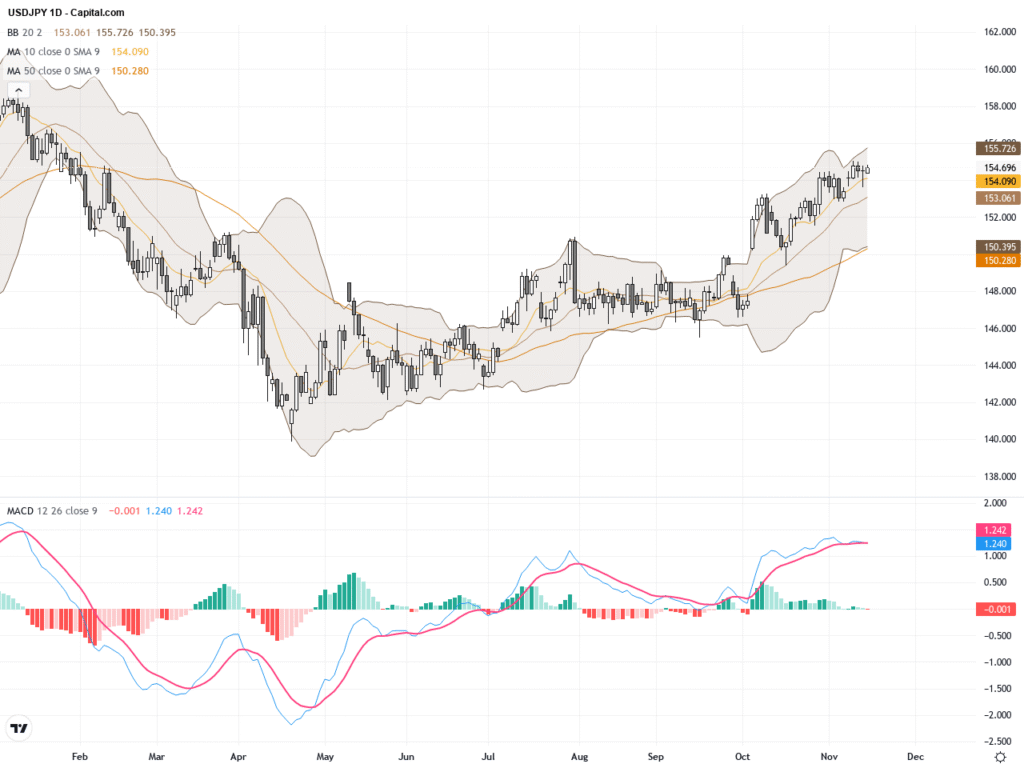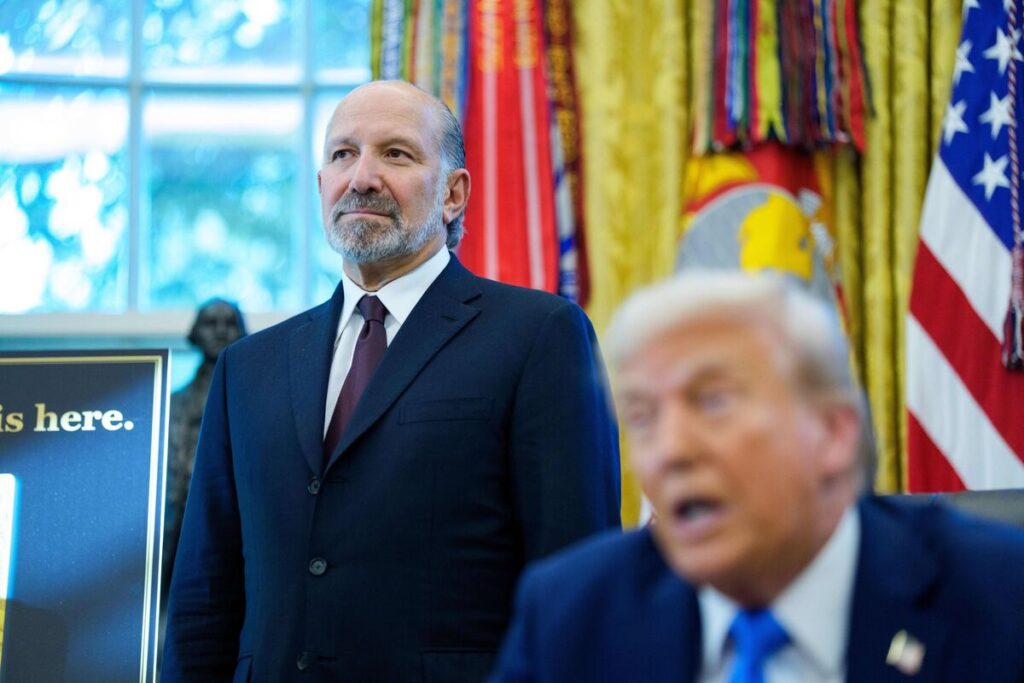 |
| Gold V.1.3.1 signal Telegram Channel (English) |

Gold and Silver Market Outlook 2025: Key Trends Driving Historic Bull Runs and Investment Strategies
2025-10-21 @ 20:01
Gold and Silver Market Outlook: Key Trends and What to Expect in 2025
As 2025 unfolds, gold and silver prices are experiencing their most significant bull market in modern history, drawing the attention of global investors, central banks, and financial analysts. Understanding the forces at play and what could happen next is crucial for anyone interested in precious metals. Here’s an in-depth, accessible guide to the gold (XAU/USD) and silver (XAG/USD) outlook as key economic events and policy shifts remain in focus.
Gold: Bullish Momentum Amid Volatility
Gold prices have rallied dramatically in 2025, surging from around $2,658 at the start of the year to above $4,300 per ounce by October—a gain of more than $1,400. The current price action sees gold consolidating near $4,327, with key resistance and support levels at $4,378 and $4,266, respectively. Technically, the market remains in a bullish trend, but sharp corrections have followed overbought conditions in recent weeks.
Several structural factors underpin this rally. Central banks have purchased over 1,000 tonnes of gold annually for the third consecutive year, marking the highest official sector demand since 1950. This reflects a global shift in reserve asset management strategies, with many institutions seeking safety amid mounting fiscal concerns and currency risk.
The upcoming release of U.S. inflation data and possible Federal Reserve policy actions remain central to the short-term outlook. Expectations of Fed rate cuts have reignited demand for gold as a hedge against currency debasement and lower opportunity costs. However, risks remain if technical indicators signal further pullbacks after such an extraordinary run-up.
Silver: Industrial Demand Meets Supply Deficits
Silver has dramatically outpaced even gold’s performance, jumping nearly 80% in 2025 and breaking through $54 per ounce. Industrial demand remains a major driver—especially as the global push for green energy and advanced technologies has made silver indispensable in manufacturing, solar panels, and electronics.
Consecutive years of supply deficits have tightened the silver market. In 2024 alone, industrial demand hit a record 680.5 million ounces, with structural market deficits accumulating over the past four years. While silver recently eased from record highs near $54.86, analysts are monitoring support at $53.00 and resistance near $56.00.
Investors should watch for volatility as profit-taking emerges after exceptional gains and as global manufacturing adjusts to both trade shifts and tariff changes.
Macro Forces Shaping the Precious Metals Market
- Central Bank Gold Accumulation
The sustained wave of official gold purchases signals growing concern about currency diversification, debt trajectories, and geopolitical risk. This demand has helped underpin gold’s extraordinary performance even amid broader market volatility. - Federal Reserve Policy and Inflation Outlook
The Fed’s anticipated pivot to lower rates after a steep tightening cycle in prior years has been crucial. Lower real rates tend to favor gold and silver by reducing the opportunity cost of holding non-yielding assets. -
Geopolitics and Safe-Haven Demand
Heightened tensions between global economic powers, particularly the U.S. and China, have maintained robust safe-haven flows into precious metals. The emergence of a more multipolar world order is prompting investors and central banks alike to recalibrate risk management strategies. -
Structural Changes in Industrial Silver Demand
The ongoing push for clean energy, electrification, and AI-driven technology is boosting silver’s utility far beyond its traditional use in jewelry and bullion, deepening the supply/demand imbalance.
Investment Strategies for Different Risk Profiles
- Conservative investors should consider a 5-7% allocation to precious metals, focusing on gold via physical holdings or ETFs, and employing dollar-cost averaging to mitigate volatility.
- Moderate investors might balance gold and silver (60-70% gold, 30-40% silver), with up to 15% exposure to mining stocks for added leverage.
- Aggressive investors could target 10-15% in the sector, with a higher weighting toward silver, strategic use of leverage, and more active position management.
All investors are advised to use short-term pullbacks for accumulation rather than chasing prices after steep rallies and to manage position sizing carefully.
Short- and Medium-Term Outlook
The prevailing consensus is that gold will remain volatile but could continue to climb, with a likely trading range between $3,800 and $4,500 over the next six to twelve months. Upside risks persist if negative economic shocks or dovish policy surprises materialize. Silver may consolidate between $45 and $55 as the market digests the recent surge and gauges the next fundamental drivers.
While prospects remain constructive, investors should remain mindful of correction risks on overbought signals and the potential for policy or geopolitical surprises.
The 2025 precious metals rally is driven not by pure speculation, but by shifts in reserve management, rapid technological changes, and major monetary policy resets—all unfolding amid persistent global uncertainty. The outlook remains dynamic, and active monitoring of both market signals and macroeconomic trends will be essential for investors navigating this historic period.








